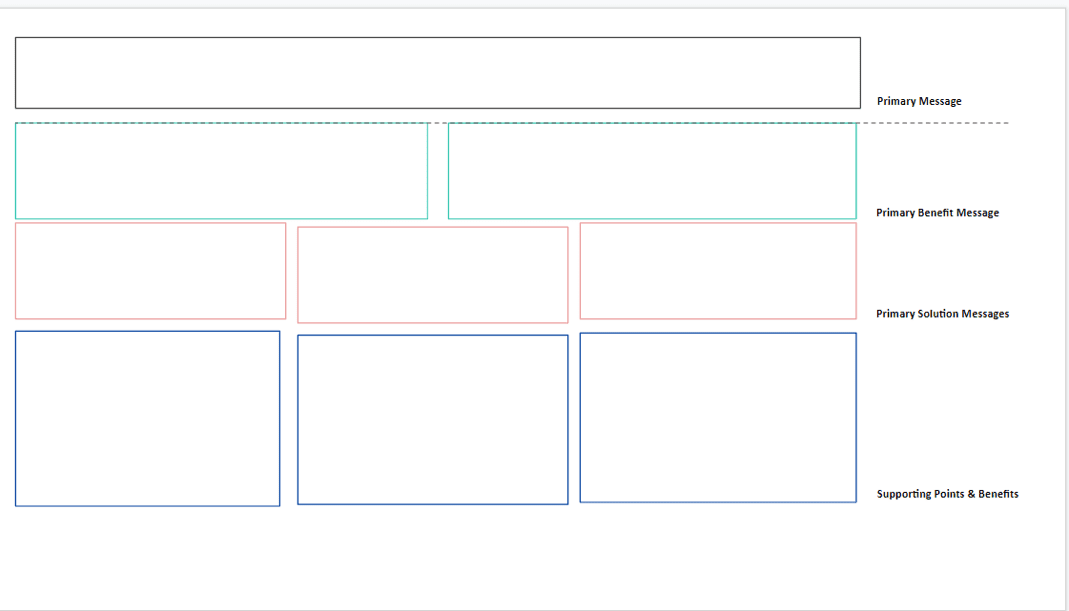Time to Revisit Your B2B Messaging Framework

By Stephanie Carrillo, Senior Marketing Consultant for Heinz Marketing
When was the last time you revisited your company messaging? Can’t remember? Then you’re probably overdue.
Messaging is the key to connecting with your prospects and customers, but it’s also a framework to help guide communications and content development. Developing your messaging points and framework defines the main takeaways you want your audience to have when they think, read, or hear about your company. It also shows the key benefits and values provided to your customers.
Where do you begin?
- Research:
- Talk to your sales team to understand customer pain points
-
-
- Why do customers come to you for your service or product?
- What problems are your customers and prospects trying to solve?
-
-
- Do a competitive analysis
- What are their benefit statements?
- How do they address customer pain points?
- What are their product statements and features?
- What are their featured use cases?
- Do a competitive analysis
-
- Interview a customer to understand the benefits you provide to them and to understand where they struggle.
-
- Talk to your product managers to understand the benefits and unique features of your product
- Outline your key learnings and summarize takeaways and provide recommendations for improvement.
- Fill in your messaging framework and define these critical messaging areas. These should be viewed as pillars and should build off each other.
-
- Primary messaging: Should be focused on the outcomes customers will receive by using your product or service. The main takeaway you want your audience to think, read, or hear about your company.
- Primary Benefits Messaging: The key benefits of purchasing your product and should address the challenges faced by your audience. These should be the answers to the purchaser’s question, “What’s in it for me?”
- Primary Solution Messages: This messaging should focus on what your company can do that enables the outcomes expressed in the Benefit Messages.
- Support Points & Benefits: These should be significant differentiators that set you apart from your competitors like features and benefits.
Here is a framework template we use at Heinz Marketing.
When creating your messaging, be cautious of listing out a bunch of features. Features should always be tied back to a benefit the customer will receive by using the feature. Many companies fall into this trap of listing features, but never call out the added value of the element.
Once you have defined your messaging framework, you can use this as a guide to develop and create marketing programs and campaigns. A natural extension of this project would be to establish a new content strategy.
Depending on which industry you serve, this framework can help your marketing programs for several years, but for fast-moving sectors, it is best to revisit your messaging every year.
I hope you find this guideline helpful for the next time you find yourself drafting your messaging.